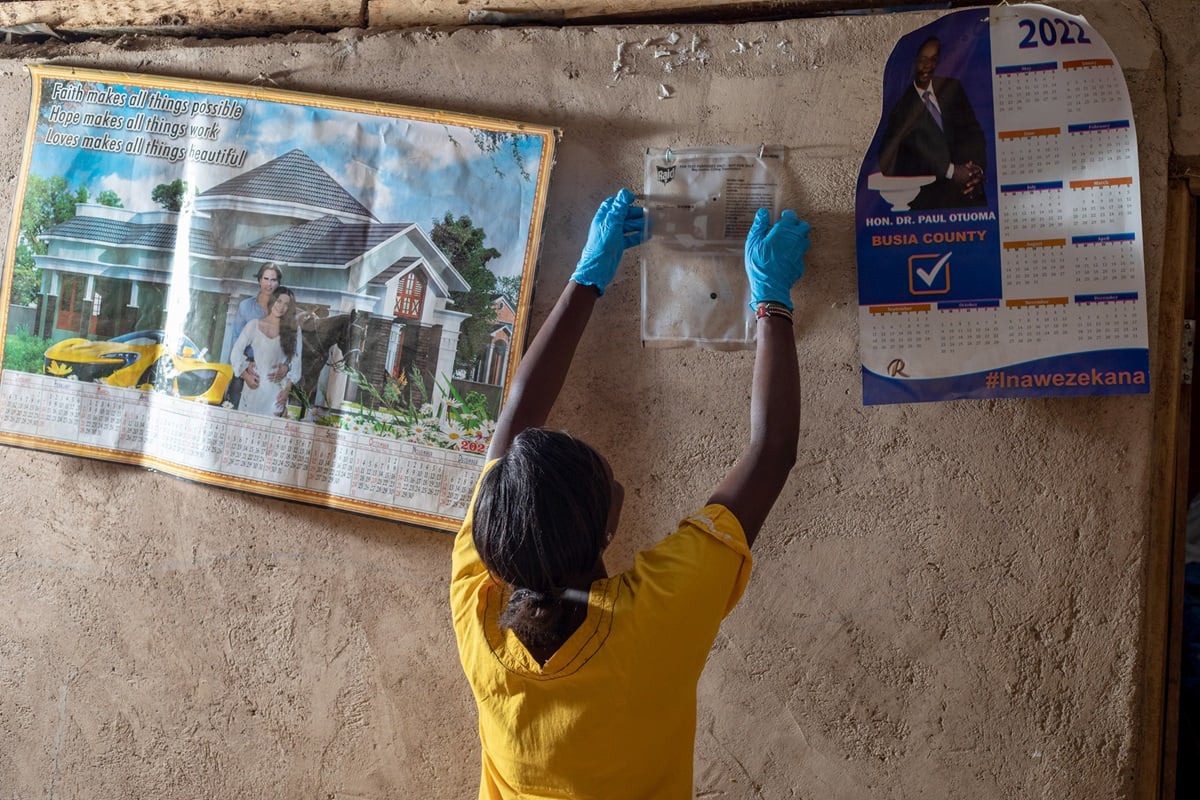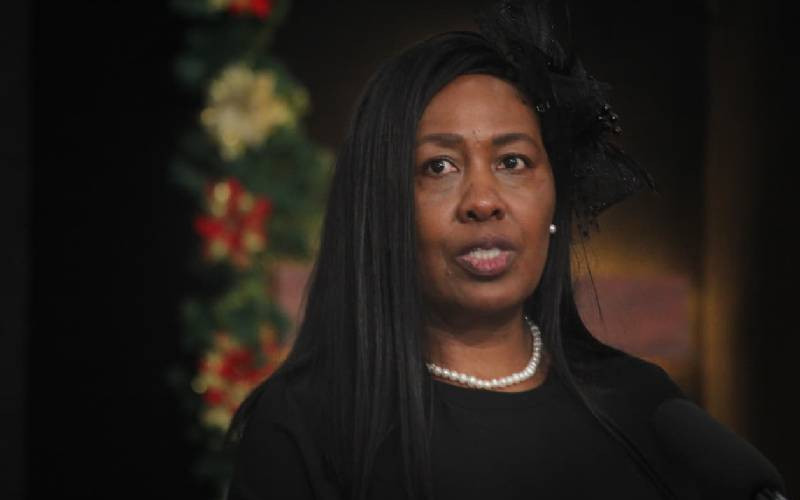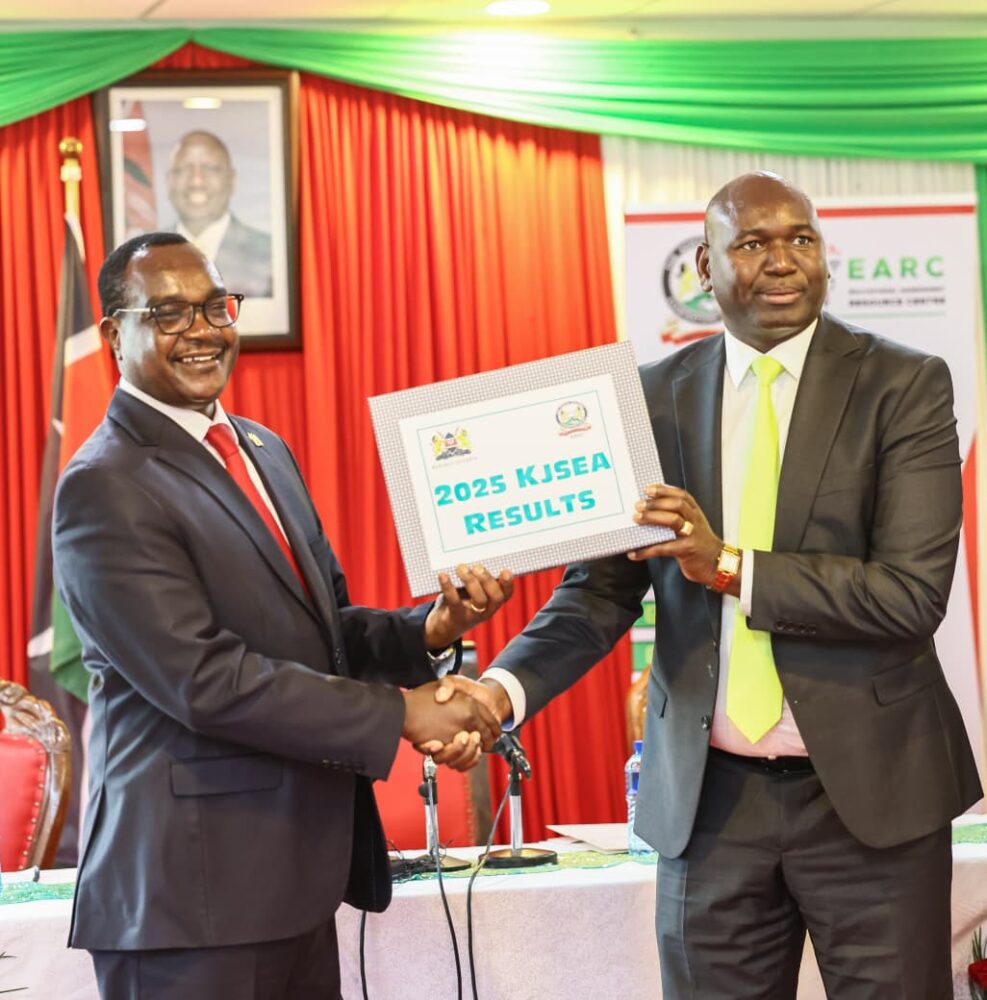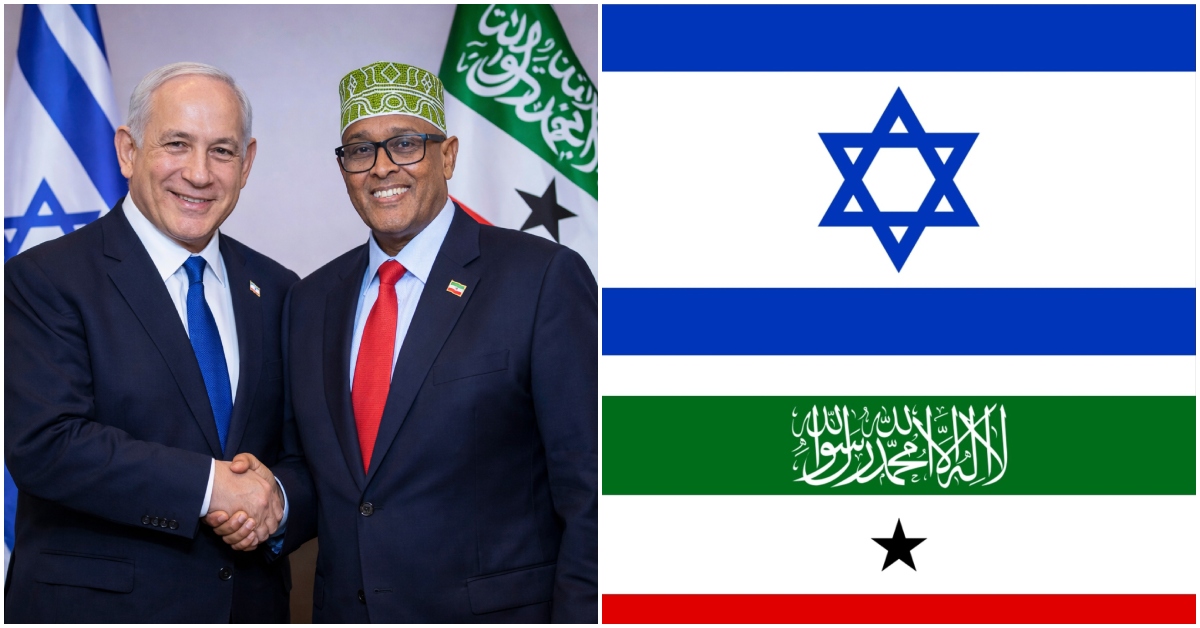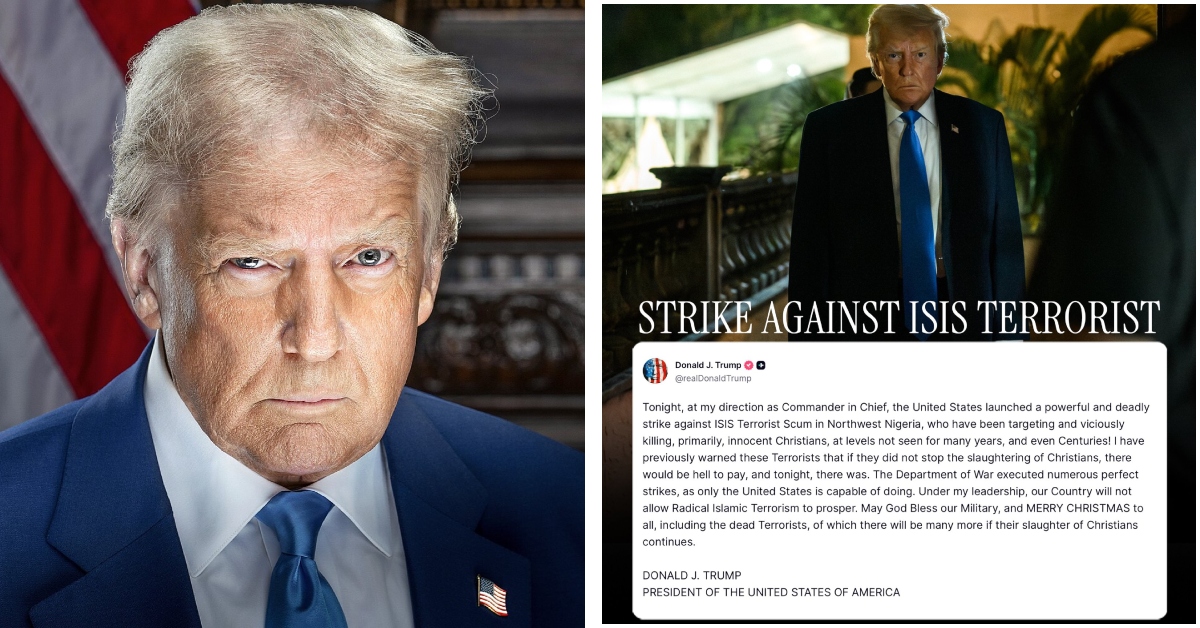The World Health Organization (WHO) has issued a new recommendation supporting the use of spatial emanators, introducing a new class of intervention for malaria vector control.
Spatial emanators—also known as spatial repellents—emit active ingredients into the air to kill mosquitoes, deter them from entering treated spaces, and prevent them from locating and biting human hosts.
They offer a promising complement to existing prevention measures such as insecticide-treated nets (ITNs) and indoor residual spraying.
Unlike ITNs, spatial emanators may provide an added layer of protection against daytime mosquito biting when residents of a household are active within the home and not sleeping under a net.
“This recommendation opens the door to a new intervention for national malaria control programmes at a time when innovation is urgently needed,” said Dr. Daniel Ngamije, Director, Malaria and Neglected Tropical Diseases, WHO.
“As rising insecticide resistance and changes in mosquito behaviour threaten the effectiveness of long-standing vector control tools, spatial emanators offer an innovative approach to help protect people at risk from infection.”
“The WHO conditional recommendation for spatial repellents is a significant step forward in providing access to a new malaria vector control intervention,” said Dr. Philippe Duneton, Executive Director of Unitaid.
WHO has also prequalified two spatial emanator products, Mosquito Shield and Guardian, manufactured by SC Johnson & Son, Inc. The products emit the active ingredient transfluthrin, which has the effect of repelling, disorienting, and killing mosquitoes that transmit malaria.
The products have been shown to remain effective for up to 1 month and 12 months, respectively, meaning that they can be deployed in a variety of settings where replacement strategies and distribution schedules may differ.
The prequalification decision is expected to support procurement decisions at international, regional, and national levels by UN and partner procurement agencies, as well as member states, ultimately enabling faster and broader access to these products in communities with urgent needs.
The WHO prequalification programme assesses the quality, safety, and efficacy of each submitted product. The complete WHO public assessment reports can be found on the product pages for each product in the list of prequalified vector control products.
This achievement showcases the close and continuing partnership between two departments at WHO headquarters—Malaria and Neglected Tropical Diseases and Regulation and Prequalification—to speed up access to high-impact tools for the people who need them most.


